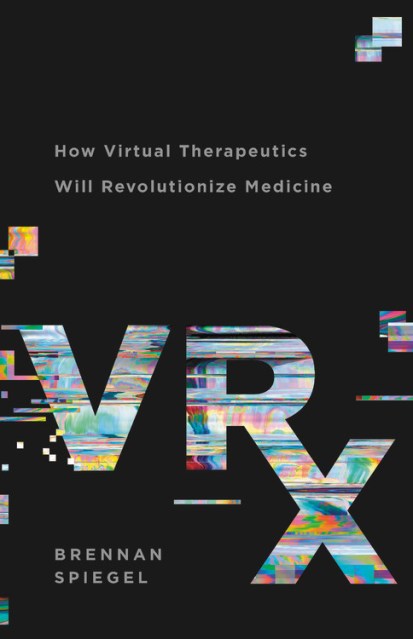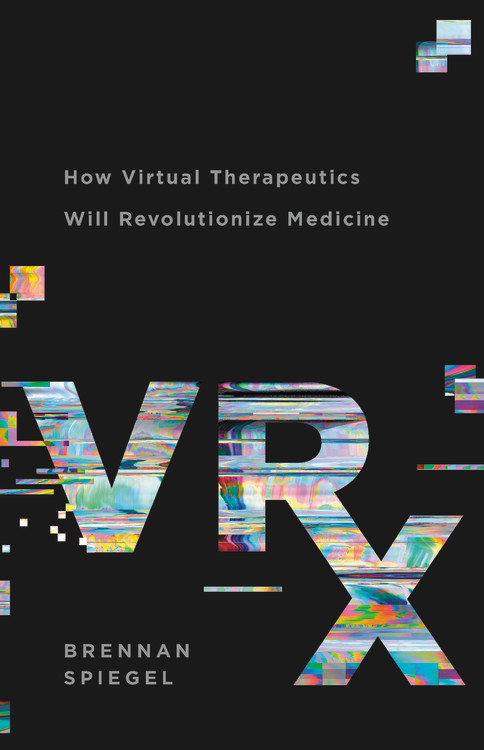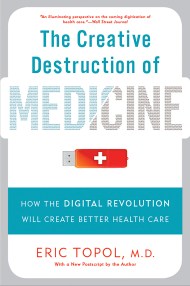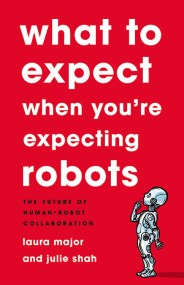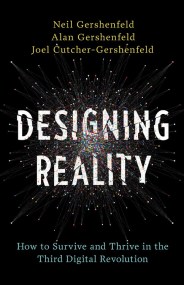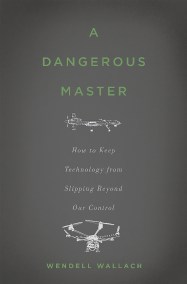Promotion
Use code BEST25 for 25% off storewide. Make sure to order by 11:59am, 12/12 for holiday delivery!
By clicking “Accept,” you agree to the use of cookies and similar technologies on your device as set forth in our Cookie Policy and our Privacy Policy. Please note that certain cookies are essential for this website to function properly and do not require user consent to be deployed.
VRx
How Virtual Therapeutics Will Revolutionize Medicine
Contributors
Formats and Prices
- On Sale
- Oct 6, 2020
- Page Count
- 304 pages
- Publisher
- Basic Books
- ISBN-13
- 9781541699762
Price
$30.00Price
$38.00 CADFormat
Format:
- Hardcover $30.00 $38.00 CAD
- ebook $17.99 $22.99 CAD
This item is a preorder. Your payment method will be charged immediately, and the product is expected to ship on or around October 6, 2020. This date is subject to change due to shipping delays beyond our control.
Buy from Other Retailers:
-
“VRx is a powerful testament to the therapeutic potential of virtual worlds and a fascinating glimpse into the future of medicine.”Wired
-
"An instant classic and a definitive introduction to the healing power of virtual reality. VRx is a tour-de-force bolstered by Dr. Spiegel's impressive scientific credentials, innovative clinical work, and deep empathy for the physical and emotional suffering of his patients. It is destined to become a guiding light for anyone who wants to use technology to ease suffering and make a better real world. If you need a reason to feel hopeful for the future, look no further."Jane McGonigal, PhD, author of Reality is Broken: Why Games Make Us Happy and How They Can Change the World
-
"VRx is a book full of magic, miracles, medicine, science, and most important, hope. With eloquence and humor, Dr. Spiegel authoritatively paints the picture of a drugless world in which pain lessens, or is alleviated. The list of experimental evidence of the power of VR includes PTSD, terrible burns, acute pain, depression, difficult childbirth. This new therapy is available through an ancient organ: the brain. Its thrilling possibilities and triumphs are the story of this book."Susan Stamberg, Special Correspondent, NPR
-
"VRx is an engaging journey into the cutting edge of virtual, augmented, and extended reality. Dr Spiegel, a leading figure in the field, brilliantly captures the stories and science enabling this emergent field, and the promise of what lies ahead."Daniel Kraft, Founder & Chair, Exponential Medicine, Singularity University
-
"If you are curious or concerned about the future of healthcare, then VRX is a must-read. It is smart, thoughtful, and informative -- not only does Dr. Spiegel provide us with an exciting view of the future of healthcare, he also captivates us by weaving into his narrative a healthy mixture of neuroscience, history, philosophy, and drama."Dr. Walter Greenleaf, Stanford University
-
"VRx is a compelling, provocative, and highly readable account of the transformative possibilities that VR has inspired across healthcare. Spiegel blends those observations with the critical eye of both a healthcare provider and a scientist, and draws insightful connections between VR and philosophy, neuroscience, meditation, psychedelics, the Information Age, culture, health, and well-being. This is more than just another book about virtual reality. VRx asks us to consider the richness of the human experience and the ways that we are challenged to understand it."Skip Rizzo, University of Southern California
-
"If you have ever wondered what the future of medicine holds, VRx is a must-read. It is elegantly written, scientifically accurate, and engaging. Through the voices of patients whose pain, anxiety, and/or suffering have been alleviated by VR, Dr. Spiegel makes the compelling case for VR as a medical treatment for a variety of conditions."David C. Rhew, MD, Chief Medical Officer, Microsoft
-
"Virtual reality may seem like the stuff of science fiction, yet it is currently being used to treat some of healthcare's most vexing problems. Brennan Spiegel, a world leader in applying the wonders of VR to patient care, masterfully walks us through both the remarkable science behind VR (which is really about how humans think and process information) and its burgeoning applications. Told with passion and without undue hype, VRx opened my eyes to VR's potential to transform health and healthcare."Robert Wachter, author of The Digital Doctor
-
"Brennan Spiegel leads us on a captivating journey across the mind-body barrier to discover a world where our perceptions can be molded into a new reality. A reality that suspends our pain, anxiety, and depression, unleashes our capacity for empathy, and creates a space for physical and emotional healing. This essential book on VR in medicine, by giving equal time to patient voices and scientific evidence, shows us how modern medicine needs VR to achieve its original, yet elusive goal, which to treat the whole patient."Sherry Pagoto, professor of allied health sciences at the University of Connecticut and director of the UConn Center for mHealth and Social Media
-
"VRx is a must-read. Dr. Spiegel provides not only one of the most convincing explanations of the long neglected key role the brain plays in many chronic diseases, but it points out a simple, inexpensive way of accessing the brain's tremendous healing power, without a need for expensive, often ineffective medications."Emeran Mayer, author of The Mind-Gut Connection
Newsletter Signup
By clicking ‘Sign Up,’ I acknowledge that I have read and agree to Hachette Book Group’s Privacy Policy and Terms of Use
